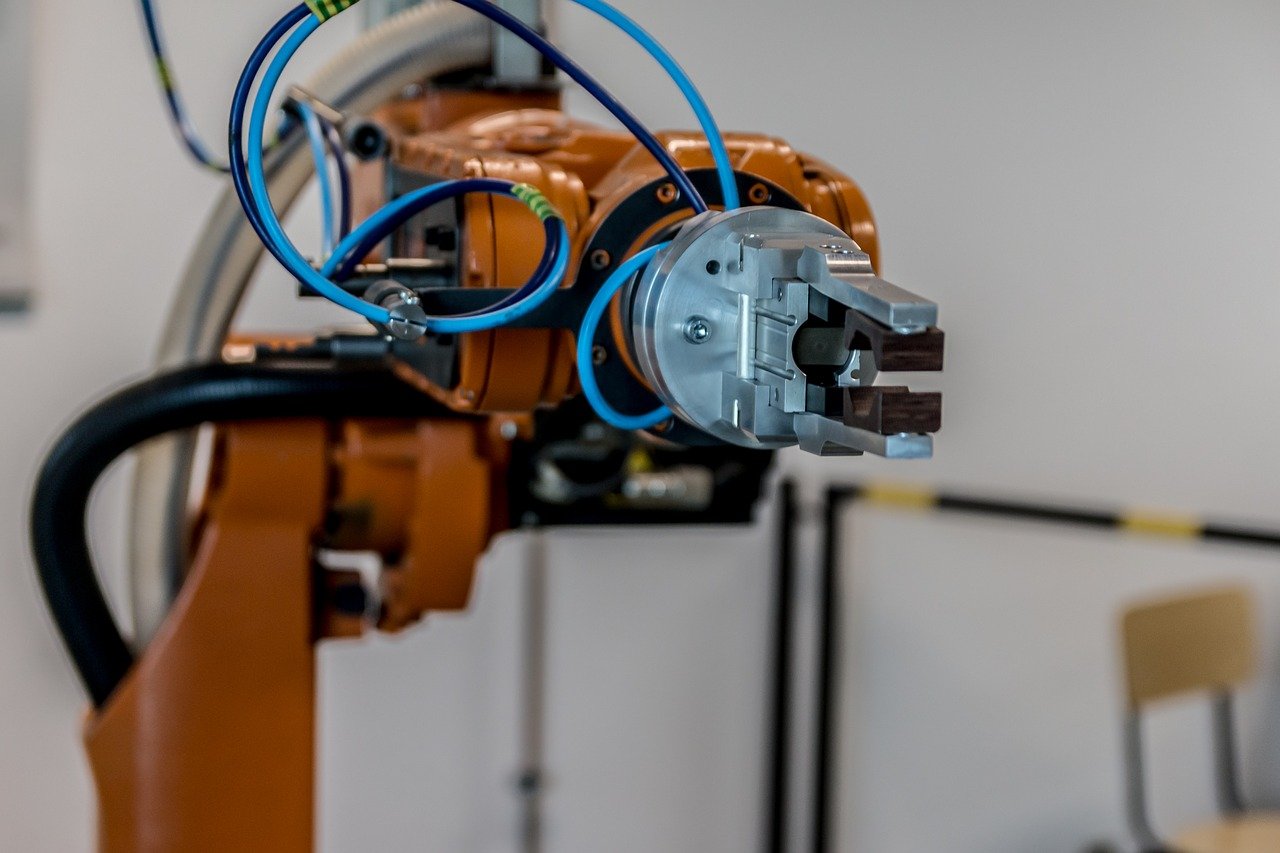In 2012, China’s electric grid became the largest in the world in terms of installed capacity and electricity produced. As we have noted in IndustryTap, China is one of the largest installers of alternative energy systems with huge investments in wind power, solar energy and, of course, hydroelectric dams.
The situation in China is mirrored all over the world, on every continent, most notably in the US, Europe, Japan, Russia and the Middle East. As energy grids become more diversified and bigger, opportunity is emerging for large-scale energy storage systems. Integrating renewable energy systems into existing grids is brand-new, as are issues such as load-shifting and peak shaving given new grid configurations.
With the steepest build up in energy sources of all kinds, China’s adoption of advanced storage technologies will rise from negligible to 700 MW by 2016. The following chart shows China’s overall energy storage installed capacity, excluding hydro, to 2016:
Many Technical Challenges of Energy Storage
According to researchers at Stanford University, introducing new energy storage systems could wreak havoc with the delicate balance of supply and demand that has come about over time in well established energy markets. In some cases, it could cost more to store renewable energy than its intrinsic worth. Charles Barnhart of Standford’s Gobal Climate and Energy Project (GCEP), states:
“We looked at batteries and other promising technologies for storing solar and wind energy on the electrical grid,” said Charles Barnhart, the lead author of the study and a postdoctoral scholar at Stanford’s Global Climate and Energy Project (GCEP).
“Our primary goal was to calculate their overall energetic cost – that is, the total amount of fuel and electricity required to build and operate these storage technologies. We found that when you factor in the energetic costs, grid-scale batteries make sense for storing surplus solar energy, but not for wind.”
In this relatively new storage market, a wide variety of technologies are being developed to ramp up grid-scale storage, most notably five types of battery: lead-acid, lithium-ion, sodium-sulfur, vanadium-redox and zinc-bromide. According to Barnhart, lithium-ion batteries provide the lowest cost in storing energy.
Other methods of storage include “flywheel” in which energy is stored as “rotational energy” and “Compressed Air Energy Storage”, or CASE which we will cover in a future article.






